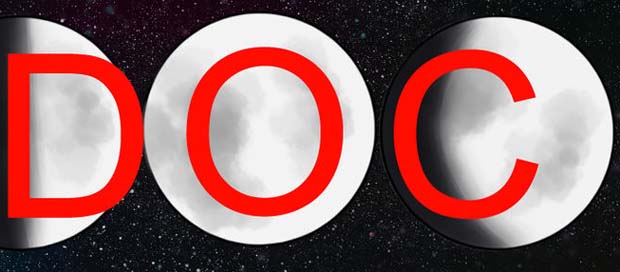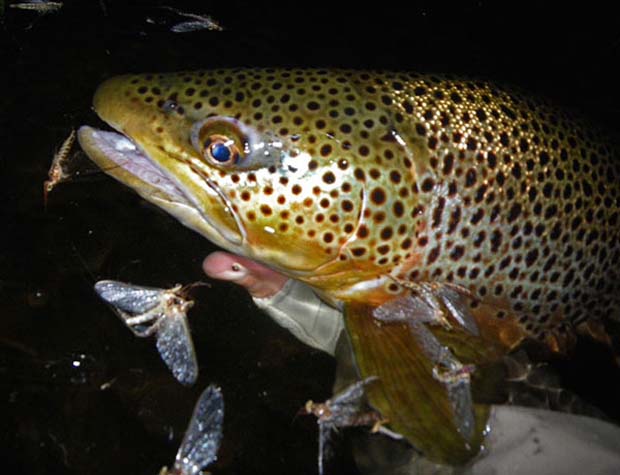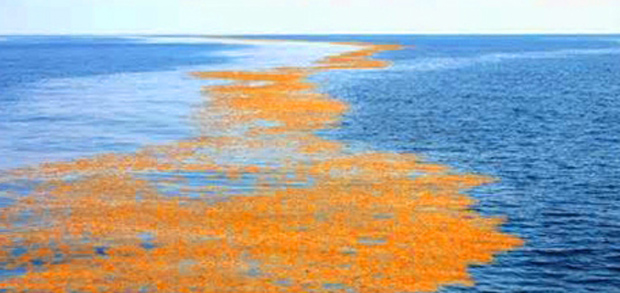Relevant to our fishing successes in saltwater venues and fresh water to a lesser extent are moon phases.
While the following might be over-the-top information for many – the incurably curious will find it pays dividends to understand the moon’s influences on ‘pescados’.
The moon revolves around the Earth. The moon does not create its own light, but rather shines when it reflects the sun’s light.
As the moon transitions from new to full and back to new again, it goes through “crescent” and “gibbous” shapes. The latter meaning swelling. The shapes are created by the moon’s shadow.
The Phases

A crescent moon in the shape of a C is waxing. A half or gibbous moon in the shape of a backwards D is waxing. The moon in the shape of an O is full. A half or gibbous moon in the shape of a D is waning. A crescent moon in the shape of a backwards C is waning. Remember, the reverse is true in the Southern hemisphere.
New moon
First quarter
Waxing gibbous
Full Moon
Waning Gibbous
Third quarter
Waning crescent
New moon
In the Northern Hemisphere, the part of the moon that is illuminated will appear to grow from right to left until it’s full, and it will then diminish from right to left.
In the Southern Hemisphere, the part of the moon that is illuminated will appear to grow from left to right until it’s full, and it will then diminish from left to right.
Although the moon may illuminate in the opposite direction in the Southern Hemisphere versus the Northern, it will still rise and set at the same times during the same phases.
Theories, facts, wisdom and the not so obvious influences on fish catching – besides your abilities as an angler

Michigan fly fishing on the Au Sable River. A full moon to remember. Image credit www.michiganstreamside.com.
Most anglers know moon phases have significant influences on fish, as do tides, barometric pressure, and wind. Tidal effects, by the way, are significant far out to sea. A nice weedline 20 miles out will get broken up when the tide changes to incoming.
Moon phases, at the peaks of the new and full moons, and three to five days after those events, and sometimes a few days before are prime, high-quality days to fish. Those effects are both influences on saltwater and, controversially, fresh water. Throw in, at those times, favorable tidal influences that fall around an hour to an hour and a half past sunrise and an hour to an hour and a half before sunset, and your catch ratio, should you be interested in one, will go up. More remarkably, the size of the fish will lean favorably toward bigger than usual.

This sargassum weedline, miles offshore from Palm Beach, Florida. will disperse on a tide change so much so as not to be recognized as a weedline at all.
NOTE: Don’t arrive 20 minutes late, especially at a fresh water venue. You need to be where the best action should take place at sun up. For example, darkness lets trout move from day cover to more open water without fear of predation from above. This cover influence isn’t so alluring to trouts on a bright, full moon night. Raccoons, ‘possums and other ground predators all enjoy pescados.
Click here for more on fishing moon phases . . . and . . .
Also, on our opening page you can click on LINKS OTHER and scroll down to Weather Forecast & Reports, and Weather Where You Fish. From you cell phone, you can be up to speed on the weather anywhere in the world.







